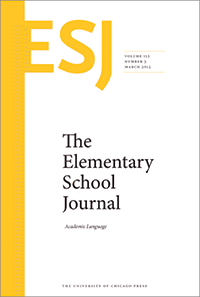
In educational research, evidence from randomized controlled trials is considered the “gold standard.” During the 2015-16 school year, a randomized controlled trial was conducted examining the impact of Reading Plus on the reading proficiency development of 426 fourth- and fifth-grade students attending six different schools in a northeastern U.S. urban school district. Students were randomly assigned to engage in either Reading Plus (treatment) or their usual literacy curriculum (“business as usual” control). Two measures were collected at the start and end of the school year. Reading proficiency was evaluated in the nationally normed Group Reading Assessment Diagnostic Evaluation™ (GRADE™; Williams, 2001). Reading efficiency was evaluated using an eye movement recording system (Visagraph; Spichtig et al., 2016). The results showed that students using Reading Plus achieved 36% larger gains in reading proficiency as compared to their peers in the control group. The largest gains in reading efficiency were measured among fourth-grade students and those who were initially less efficient readers. The largest gains in reading achievement were measured among fifth-grade students and those who were already more efficient readers. This research was reviewed by the Johns Hopkins University Center for Research and Reform in Education, and described on the Evidence for ESSA website as providing strong evidence of program effectiveness.
Less efficient readers achieved larger reading efficiency growth. More efficient readers achieved larger reading achievement gains.

